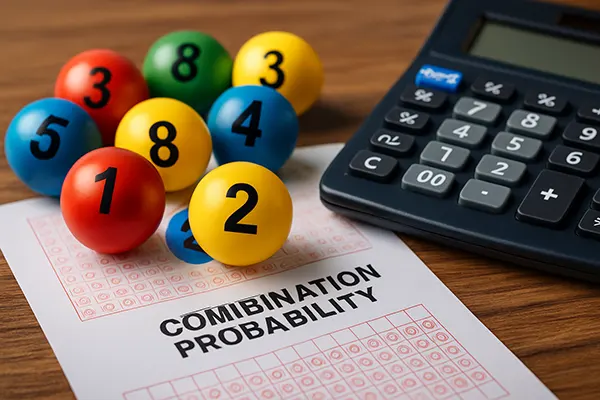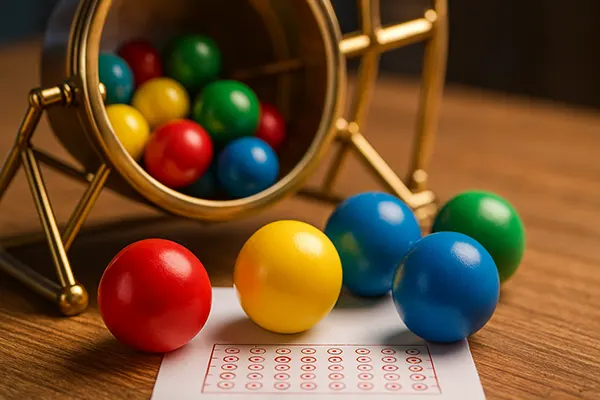
Lottery Mathematics: Real Odds of Winning and How to Calculate Them
Lotteries have fascinated people for centuries, offering the tantalising hope of sudden wealth with minimal effort. Yet while the excitement of choosing numbers is undeniable, few players truly understand the mathematics behind the draw. What are the actual chances of winning, and how can one assess them accurately? This article delves into the arithmetic and probability that govern lottery outcomes, helping players grasp what really lies behind the numbers.
Understanding the Basic Probability of Lottery Games
The foundation of every lottery is probability—the likelihood that a particular combination of numbers will be drawn. Most modern lotteries operate on a structure where players choose a set number of digits from a larger pool, such as six out of 49. The number of possible combinations can be calculated using a mathematical formula known as a combination, not a permutation, since the order of the numbers does not matter.
For example, in a typical 6/49 lottery, there are 13,983,816 possible combinations. This means the probability of a single ticket hitting the jackpot is just 1 in 13,983,816. It’s a staggering number, and it emphasises just how rare lottery wins truly are. Understanding these figures can help temper unrealistic expectations.
It’s also important to note that buying more tickets does increase your chances—but only incrementally. Purchasing 10 tickets in a 6/49 lottery increases your odds to 10 in 13,983,816. The scale remains daunting, and no strategy can fundamentally change the randomness of the outcome.
Smaller Prizes and Secondary Odds
While the odds of winning the jackpot are astronomical, most lotteries offer secondary prizes for matching fewer numbers. These include payouts for five, four, or even three matching numbers, and they have much better odds. For instance, matching three out of six numbers might have odds of 1 in 57, depending on the lottery rules.
Secondary odds are calculated similarly, but they factor in more possible winning combinations. This makes them easier to achieve and can provide small but tangible rewards to frequent players. These smaller wins contribute significantly to the allure of continued play.
Understanding these tiers of winnings helps players form more realistic expectations and encourages responsible participation. Rather than hoping solely for the jackpot, many view secondary prizes as a modest, achievable goal.
How Lottery Algorithms Ensure Fairness
Behind every draw lies a Random Number Generator (RNG) or physical ball machine designed to ensure unbiased results. In regulated lotteries, these systems are tested rigorously to eliminate any pattern, predictability, or manipulation. This is essential to maintain public trust and ensure each combination has an equal chance of selection.
Modern RNGs use complex algorithms and external entropy sources to create genuinely unpredictable outcomes. In most jurisdictions, third-party audits and state-controlled gaming authorities verify the fairness of each draw. Transparency reports are often made available to the public for additional accountability.
Physical draws using numbered balls still exist in many lotteries, and they follow strict mechanical and environmental standards. The process includes identical ball weights, uniform air flow, and real-time monitoring. These measures ensure integrity and give players confidence that every result is purely chance-based.
Can Draw Patterns Be Predicted?
Many players believe in ‘hot’ and ‘cold’ numbers—those drawn frequently or rarely. However, mathematically, each number has an equal chance of being drawn in a fair system. The belief in patterns is a cognitive bias known as the gambler’s fallacy: assuming past outcomes influence future ones.
Statistical analysis shows that drawing patterns in a truly random lottery will always result in some numbers appearing more often over short periods. This does not mean those numbers are more likely to be drawn again. The deviation is expected in random distribution and evens out over time.
Rather than relying on prediction, players should understand that lotteries are games of pure chance. No system, strategy, or software can improve the odds beyond what the rules mathematically allow.

Ways to Calculate and Compare Lottery Odds
To evaluate any lottery, it’s crucial to calculate odds and compare prize structures. Websites of national lotteries often publish detailed odds tables for each prize tier, and these are based on fixed formulas. The general formula for calculating the odds of a jackpot in a ‘n choose k’ format is: C(n, k) = n! / [k!(n − k)!].
As a practical example, consider a 5/45 lottery. Using the formula, the total combinations equal 1,221,759, meaning the probability of winning the jackpot is 1 in 1,221,759. A 6/49 lottery, in contrast, is nearly twelve times more difficult to win. These calculations offer perspective on the scale of each game.
Some lotteries offer better expected returns due to the balance between jackpot size and the probability of winning. This is known as the ‘expected value’, a concept borrowed from economics and finance. Games with higher expected values offer relatively better chances of return, though always with risk.
Is It Worth Joining a Lottery Syndicate?
One way to improve your odds without spending large amounts is through lottery syndicates. These groups pool money to buy more tickets collectively and share any winnings. The strategy increases the chance of a win but splits the prize among members.
Syndicates are popular in workplaces, online communities, and among friends. Some national lotteries even offer official syndicate options. The main benefit is access to multiple combinations at a lower personal cost, although the winnings per member will be smaller.
Statistically, syndicates do not change the odds for a single ticket, but they allow participants to play more lines, enhancing the probability of winning any prize in the draw. As long as all members agree on terms, it’s a low-risk way to boost engagement and fun.
